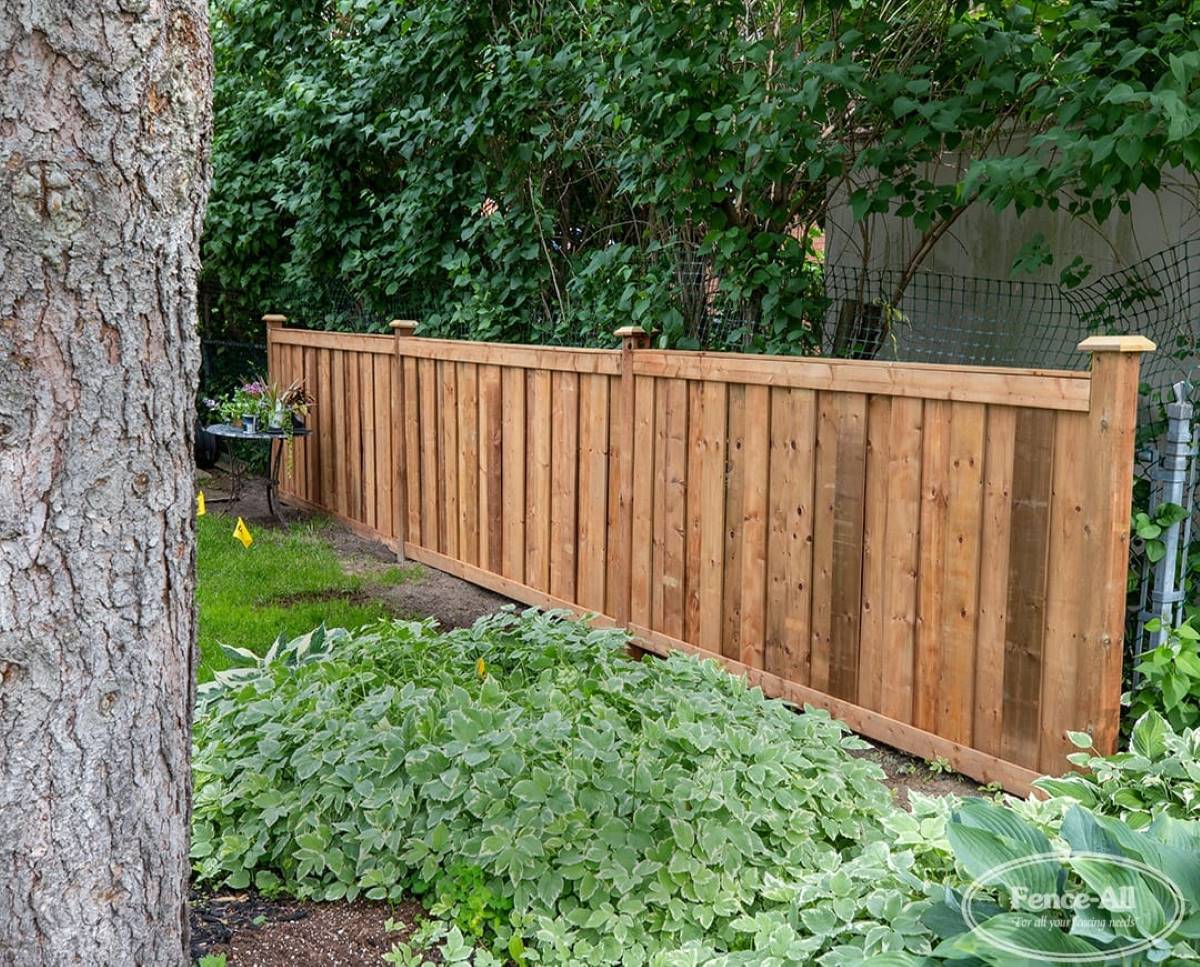

Articles
How Close Can Fence Be To Property Line
Modified: January 8, 2024
Discover the regulations and guidelines on how close a fence can be to your property line. Gain valuable insights and expert advice from our informative articles.
(Many of the links in this article redirect to a specific reviewed product. Your purchase of these products through affiliate links helps to generate commission for Storables.com, at no extra cost. Learn more)
Introduction
When it comes to building a fence on your property, one of the key considerations is how close the fence can be to the property line. The distance requirements can vary depending on various factors, including legal regulations, municipal codes, and homeowners association (HOA) restrictions. Understanding the rules and regulations surrounding fence placement can help you avoid potential legal and neighborly disputes.
In this article, we will discuss the legal requirements for fence placement, municipal regulations, HOA restrictions, and important factors to consider when deciding how close your fence can be to the property line. We will also delve into the benefits and potential drawbacks of having a fence that is close to the property line and offer suggestions on how to have a constructive discussion with your neighbors regarding fence placement.
Regardless of whether you are planning to install a new fence or modify an existing one, having a clear understanding of the boundaries and regulations will help you make informed decisions and avoid any unnecessary conflicts.
Key Takeaways:
- Understanding legal requirements, municipal regulations, and HOA restrictions is crucial for determining fence placement. Open communication with neighbors can help avoid conflicts and ensure a harmonious living environment.
- Factors such as purpose, boundary lines, and aesthetics should be considered when deciding how close a fence can be to the property line. Balancing benefits and drawbacks is essential for informed decision-making.
Legal Requirements
Before erecting a fence on your property, it is essential to familiarize yourself with the legal requirements in your jurisdiction. These requirements usually address issues such as fence height, setback regulations, and permits.
Fence height restrictions vary by location and typically depend on the zoning of your property. For example, residential areas may have different height restrictions compared to commercial or industrial zones. It is crucial to consult your local building department or zoning officials to determine the specific limitations imposed on fence height.
Setback regulations refer to the distance between the property line and the fence itself. These regulations define how close the fence can be to the adjacent properties. Violating setback regulations can result in fines or legal consequences, so it is crucial to adhere to these guidelines. Consult your local zoning or planning department to determine the setback requirements for your area.
In some cases, obtaining a permit may be necessary before installing a fence. This requirement is more common for fences over a certain height or for properties located in historic districts or designated conservation areas. Contact your local building department to inquire about any permitting requirements for your specific situation.
It is important to note that laws regarding fence placement and legal requirements can vary from one jurisdiction to another. Therefore, it is crucial to do thorough research or seek professional advice to ensure that you comply with all applicable laws and regulations.
Municipal Regulations
In addition to the general legal requirements, many municipalities have specific regulations pertaining to fence placement. These regulations are put in place to ensure uniformity and maintain the aesthetic appeal of the community.
Municipal regulations often address various aspects of fence installation, including materials, design, and placement. For instance, some municipalities may have restrictions on the color or type of fence materials that can be used. Others may have guidelines on the design and style of the fence, particularly in historic or conservation areas.
When it comes to fence placement, municipalities typically define setback requirements from property lines, as well as any restrictions on the placement of fences along the front, side, or rear yards. These regulations aim to maintain a consistent appearance along streets and ensure adequate space for utilities, sidewalks, and other public infrastructure.
It is important to consult your local municipality’s zoning ordinances or building department to understand any specific regulations regarding fence placement in your area. This will help you avoid any potential violations and ensure that your fence installation is in compliance with the rules set forth by the municipality.
Keep in mind that some municipalities may require you to obtain a permit for fence installation, even if it is within the legal height and setback limits. Failure to obtain the necessary permits can result in penalties or the requirement to remove or modify the fence.
By familiarizing yourself with the municipal regulations, you can avoid any potential conflicts and ensure that your fence installation meets all the necessary requirements for your area.
HOA Restrictions
In addition to legal and municipal regulations, homeowners associations (HOAs) often have their own set of restrictions and guidelines when it comes to fence placement. HOA restrictions are designed to maintain the overall aesthetics and harmony of the community by ensuring that all homeowners adhere to specific rules.
When it comes to fences, HOA restrictions can dictate the style, height, color, and materials that are allowed. Some HOAs may have a list of pre-approved fence designs and materials, while others may require homeowners to submit a request for approval before installing a fence. It is crucial to review your HOA’s covenants, conditions, and restrictions (CC&Rs) or bylaws to familiarize yourself with any specific guidelines related to fence placement.
HOA restrictions may also include setback requirements and guidelines on the location of fences within your property. These restrictions are put in place to maintain consistency throughout the community and prevent any encroachments on neighboring properties.
Failing to comply with HOA restrictions can result in fines, forced removal of the fence, or other penalties. It is essential to understand and adhere to the rules set forth by your HOA to avoid any potential conflicts or disputes with your neighbors.
If you have specific questions or concerns about fence placement or any restrictions imposed by your HOA, it is advisable to reach out to the HOA board or management company for clarification. They can provide guidance and ensure that your fence installation complies with all the necessary guidelines and requirements.
By understanding and respecting the HOA restrictions, you can ensure that your fence installation enhances the overall appearance of the community while maintaining a positive relationship with your neighbors and the HOA.
Factors to Consider
When determining how close your fence can be to the property line, there are several factors to consider. These factors can help you make informed decisions and ensure that your fence placement aligns with your specific needs and the requirements set forth by legal regulations, municipal codes, and HOA restrictions.
1. Purpose of the Fence: Consider the main purpose of the fence. Is it for privacy, security, or aesthetics? Understanding the purpose will help you determine the ideal placement and proximity to the property line.
2. Boundary Lines: Accurately identifying and understanding the boundary lines of your property is crucial. Consult a licensed surveyor if necessary to avoid any potential encroachments or disputes with your neighbors.
3. Setback Requirements: Familiarize yourself with the setback requirements imposed by legal regulations and municipal codes. This will help you determine the minimum distance your fence should be from the property line.
4. HOA Guidelines: Review your HOA’s restrictions and guidelines to ensure that your fence placement aligns with their requirements. Failure to adhere to HOA rules can result in penalties or forced removal of the fence.
5. Neighbor Considerations: Take your neighbors into account when deciding on fence placement. Engage in open communication to assess any concerns or objections they may have and seek a mutually agreeable solution.
6. Aesthetics: Consider the overall appearance of the fence and how it integrates with your property and the surrounding area. A well-placed fence can enhance the curb appeal of your home, while a poorly placed one may detract from the overall aesthetics.
7. Utility Access: Ensure that your fence does not obstruct utility access points, such as utility boxes or water meters. Leave enough space for utility workers to access these areas if needed.
8. Trees and Landscaping: Take into account existing trees, shrubs, or landscaping features that may impact the placement of your fence. It is important to avoid damaging or removing valuable vegetation during the installation process.
By considering these factors, you can make well-informed decisions about how close your fence should be to the property line. Taking the time to assess these aspects will help you avoid potential conflicts and ensure that your fence meets all necessary requirements.
Check your local zoning regulations to determine the minimum distance required between a fence and the property line. It’s important to comply with these regulations to avoid potential legal issues.
Read more: How Close Can A Shed Be To The Property Line
Benefits of Having a Close Fence
Installing a fence that is close to the property line can offer several advantages for homeowners. While the specific benefits may vary depending on individual needs and circumstances, here are some common advantages of having a close fence:
- Maximized Use of Yard Space: By placing the fence closer to the property line, you can maximize the usable space within your yard. This is especially beneficial for properties with limited space or smaller yards, as it allows you to make the most of the available area.
- Increased Privacy and Security: A close fence provides an enhanced sense of privacy and security. It acts as a physical barrier, deterring trespassers and providing a level of seclusion from neighboring properties or public areas.
- No Lost Space: Placing the fence close to the property line ensures that you do not lose valuable space within your property. This can be particularly important if you have a smaller lot or are looking to maximize the usable area for activities such as gardening, playing, or entertaining.
- Defined Boundaries: A close fence clearly establishes the boundaries of your property, preventing encroachments and potential disputes with neighbors. It provides a visual indicator of where your property ends and where the neighboring properties begin.
- Aesthetically Pleasing: A fence that is close to the property line can contribute to a cohesive and visually appealing appearance. It provides a defined edge to your property and enhances the overall aesthetics of your outdoor space.
- No Lost Views: By placing the fence close to the property line, you can maintain your views and sightlines. This is particularly relevant if you have scenic surroundings, beautiful landscaping, or other features you want to enjoy without obstruction.
Of course, it is important to consider the specific regulations and guidelines set forth by legal requirements, municipal codes, and HOA restrictions when determining the distance at which your fence can be placed. Ensuring compliance with these regulations will help you enjoy the benefits of a close fence without any potential legal or neighborly conflicts.
Potential Drawbacks
While there are many benefits to having a close fence, it is essential to consider potential drawbacks as well. Understanding these drawbacks will help you make an informed decision about fence placement and mitigate any potential challenges:
- Limited Access for Maintenance: Placing the fence close to the property line may limit access to the exterior side of the fence for maintenance and repairs. This can make it more challenging to address issues such as cleaning, painting, or replacing damaged segments of the fence.
- Potential Neighbor Disputes: Having a close fence can sometimes lead to disputes with neighbors, particularly if they have concerns about the proximity of the fence to their property. It is crucial to maintain open and respectful communication with neighbors to address any potential issues and find mutually agreeable solutions.
- Reduced Natural Light: Depending on the height and material of the fence, placing it close to the property line can potentially impact the amount of natural light that reaches your yard or adjacent properties. This is especially relevant for lower fences that may obstruct sunlight or cast shadows.
- Obstruction of Views: If you have scenic views or desirable surroundings, placing a close fence may partially obstruct those views. Considering the potential impact on sightlines and vistas is important when deciding on the placement of your fence.
- Maintenance Challenges: A close fence may be subject to more wear and tear, as it is more exposed to elements such as wind, rain, and UV rays. This can result in more frequent maintenance needs, such as cleaning, staining, or painting, to keep the fence in good condition.
- Compliance with Regulations: Placing a fence close to the property line requires careful consideration of legal requirements, municipal regulations, and HOA restrictions. Failure to comply with these regulations can result in fines, legal consequences, or the need to modify or remove the fence.
By being aware of these potential drawbacks and proactively addressing any concerns, you can make informed decisions about the placement of your fence while minimizing any potential challenges. It is important to strike a balance between maximizing the benefits of a close fence and ensuring compliance with regulations and neighbors’ expectations.
Neighborly Discussions
When it comes to fence placement, open and respectful communication with your neighbors is key. Engaging in neighborly discussions can help address any concerns or objections they may have and find mutually agreeable solutions. Here are some tips for having productive conversations about fence placement:
- Inform your neighbors: Before starting any fence installation, inform your neighbors about your plans. Provide them with details such as fence height, design, and proximity to the property line. This will give them an opportunity to voice any concerns or ask questions.
- Listen to their concerns: Take the time to listen and understand your neighbors’ concerns or objections. Empathy and active listening can go a long way in building understanding and finding common ground.
- Explain your reasoning: Share your reasons for wanting a fence and explain how it will benefit you and your property. Clarify any misconceptions and emphasize your commitment to respecting their rights as neighbors.
- Offer compromises: Be open to compromises and alternative solutions that address your neighbors’ concerns while allowing you to achieve your goals. Consider adjusting the placement, height, or design of the fence to find a middle ground that satisfies both parties.
- Provide visual representations: Use visual aids such as diagrams, sketches, or photographs to demonstrate how the proposed fence placement will look and its potential impact. This can help your neighbors visualize the final result and alleviate any apprehensions.
- Document agreements: If you reach an agreement with your neighbors regarding fence placement, it is advisable to document the details in writing. This can help avoid future misunderstandings and provide a clear reference point for both parties.
- Respect legal and HOA regulations: Even if you and your neighbors come to an agreement, ensure that the fence placement complies with all applicable legal requirements and HOA restrictions. This will help protect your rights and avoid any potential legal or neighborly disputes down the line.
Remember, fostering positive relationships with your neighbors is essential for a harmonious living environment. By approaching fence placement discussions with respect, empathy, and a willingness to find common ground, you can navigate potential conflicts and maintain a good relationship with your neighbors.
Conclusion
When it comes to determining how close a fence can be to the property line, it is crucial to consider legal requirements, municipal regulations, HOA restrictions, and neighborly discussions. By understanding and adhering to these guidelines, you can ensure a smooth and compliant fence installation process while maintaining positive relationships with your neighbors.
Legal requirements and municipal regulations dictate fence height restrictions and setback requirements. Familiarizing yourself with these rules will help you avoid potential legal consequences and ensure the proper placement of your fence.
HOA restrictions add an additional layer of guidelines to consider. Checking your HOA’s covenants, conditions, and restrictions (CC&Rs) or bylaws will provide insights into any specific limitations on fence placement, materials, and designs that you must adhere to.
Factors such as the purpose of the fence, boundary lines, aesthetics, and utility access should be considered when deciding how close your fence should be to the property line. Balancing these factors with compliance with regulations and the concerns of your neighbors can lead to a satisfactory outcome for all parties involved.
Having a close fence offers benefits such as maximizing yard space, increased privacy and security, and clearly defined boundaries. However, potential drawbacks like limited maintenance access, neighbor disputes, and reduced natural light should also be taken into account.
Engaging in neighborly discussions and open communication is vital to address any concerns or objections your neighbors may have. By actively listening, explaining your reasons, offering compromises, and documenting agreements, you can find common ground and maintain positive relationships within the community.
In conclusion, proper fence placement requires a thorough understanding of legal requirements, municipal regulations, HOA restrictions, and effective neighborly communication. By carefully considering these factors and engaging in respectful discussions, you can successfully navigate the fence installation process while promoting a harmonious living environment.
Frequently Asked Questions about How Close Can Fence Be To Property Line
Was this page helpful?
At Storables.com, we guarantee accurate and reliable information. Our content, validated by Expert Board Contributors, is crafted following stringent Editorial Policies. We're committed to providing you with well-researched, expert-backed insights for all your informational needs.
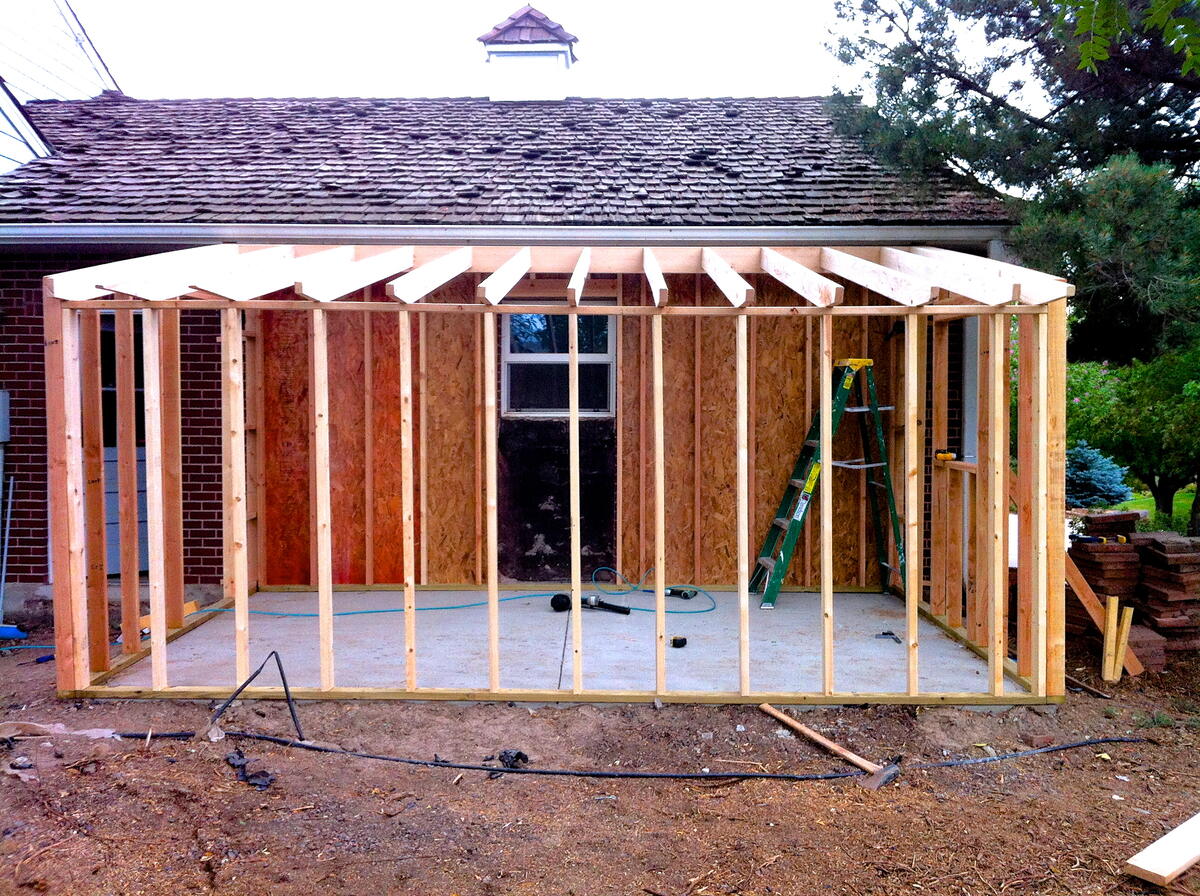
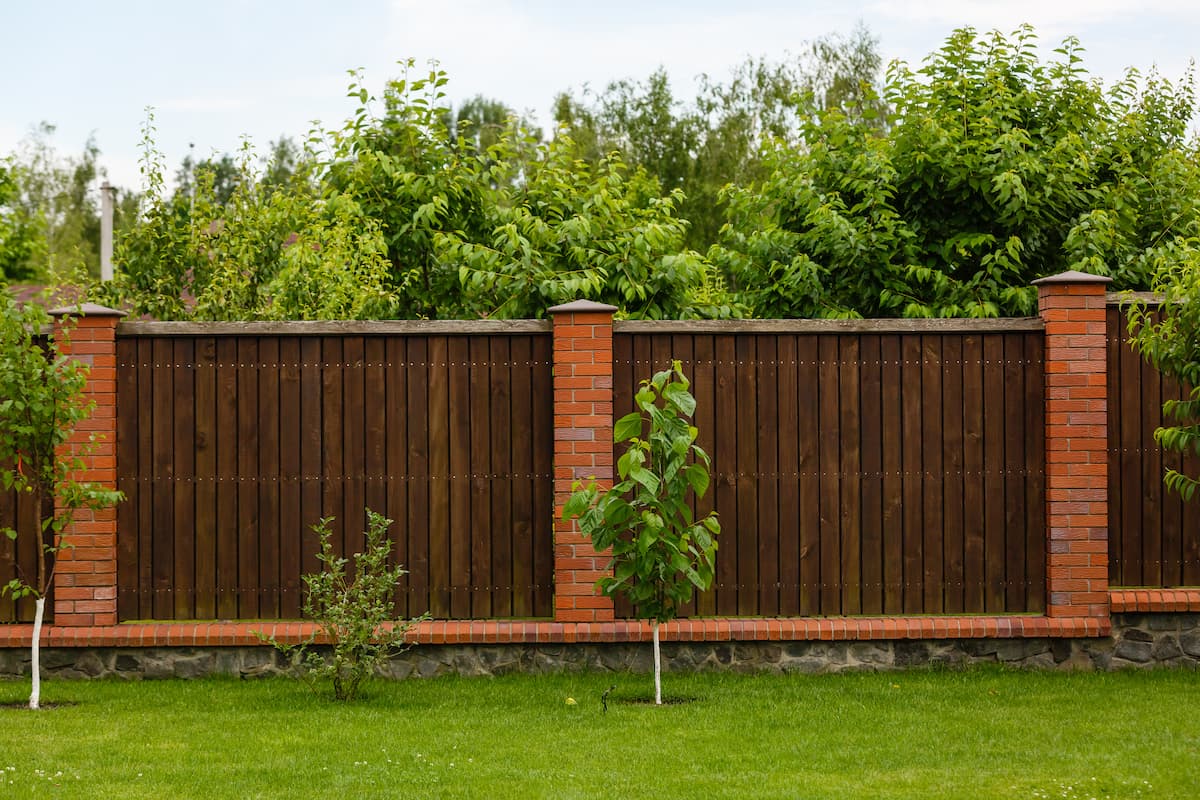
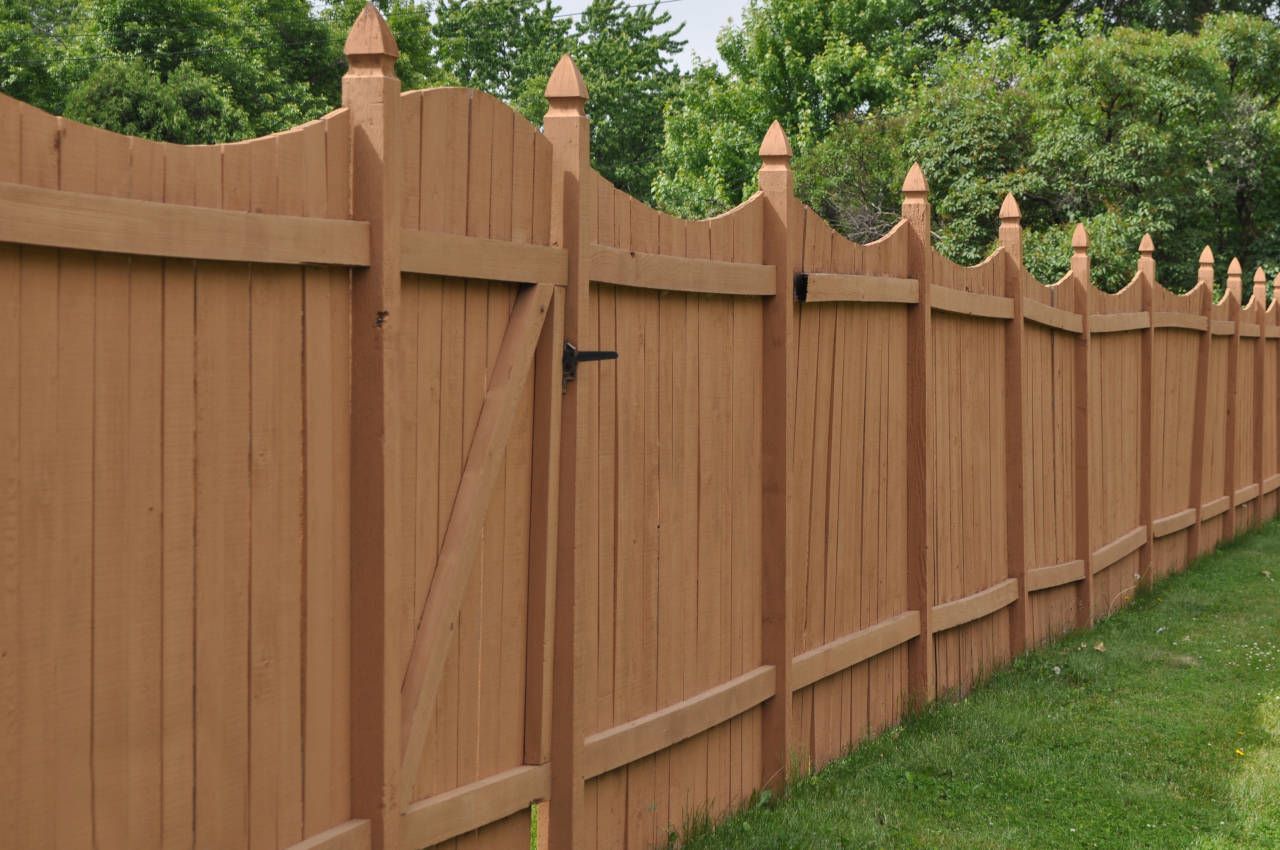
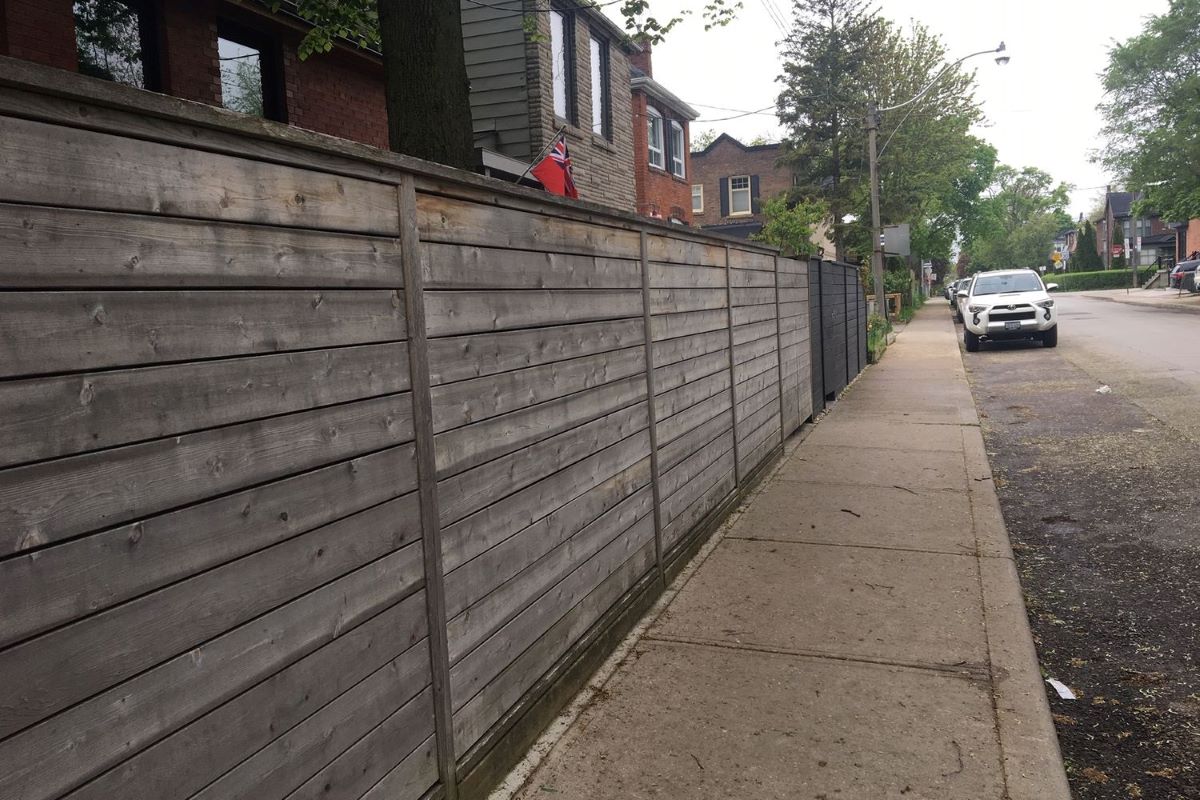
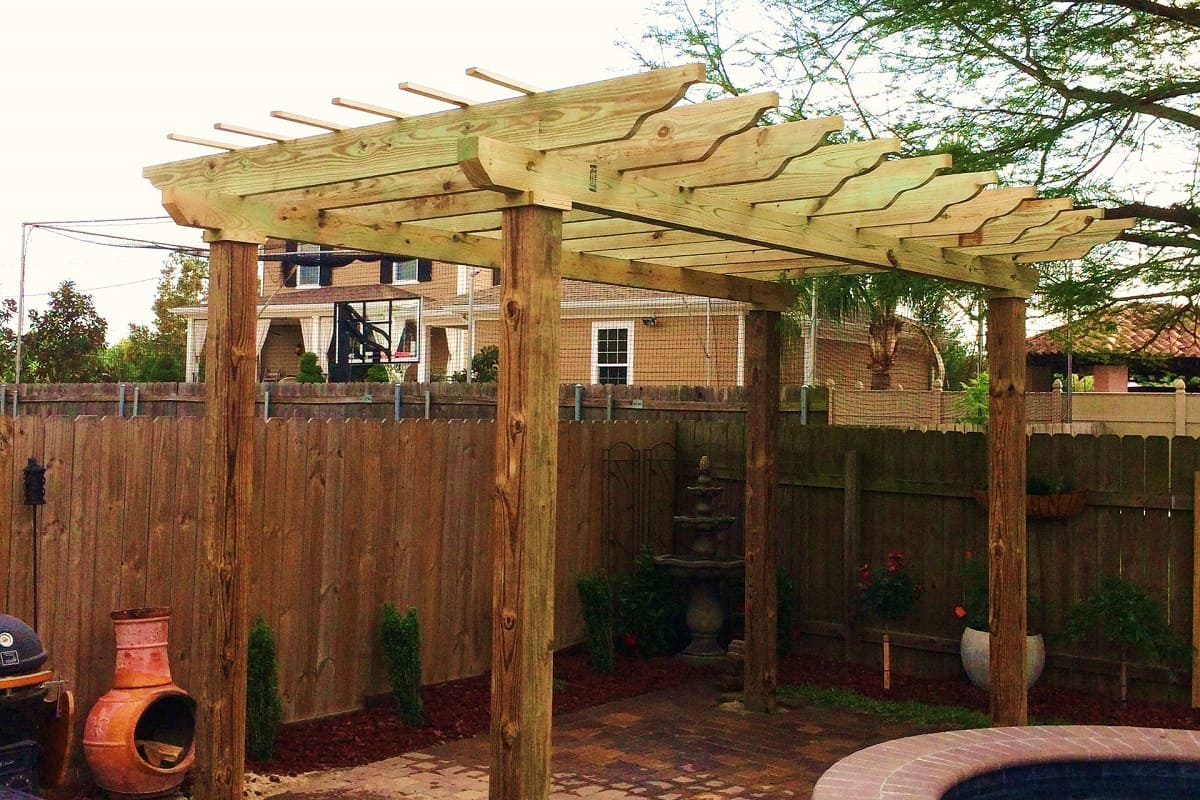

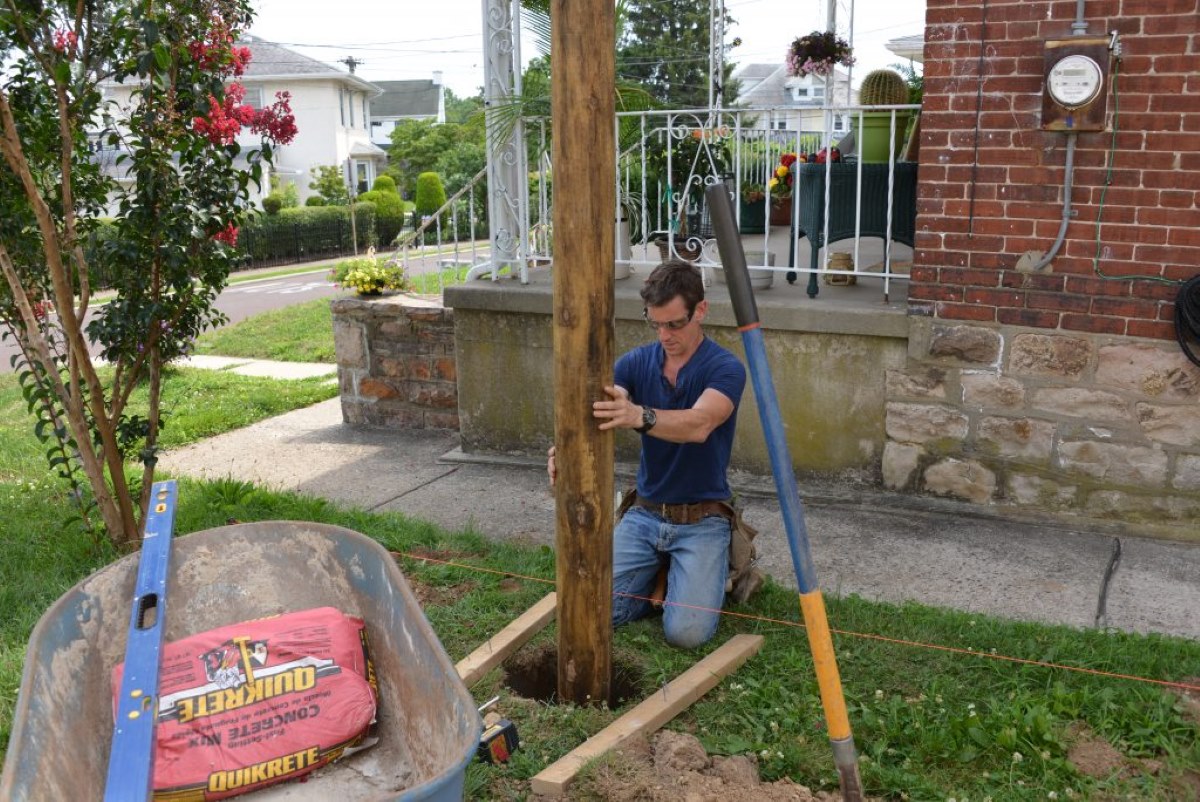
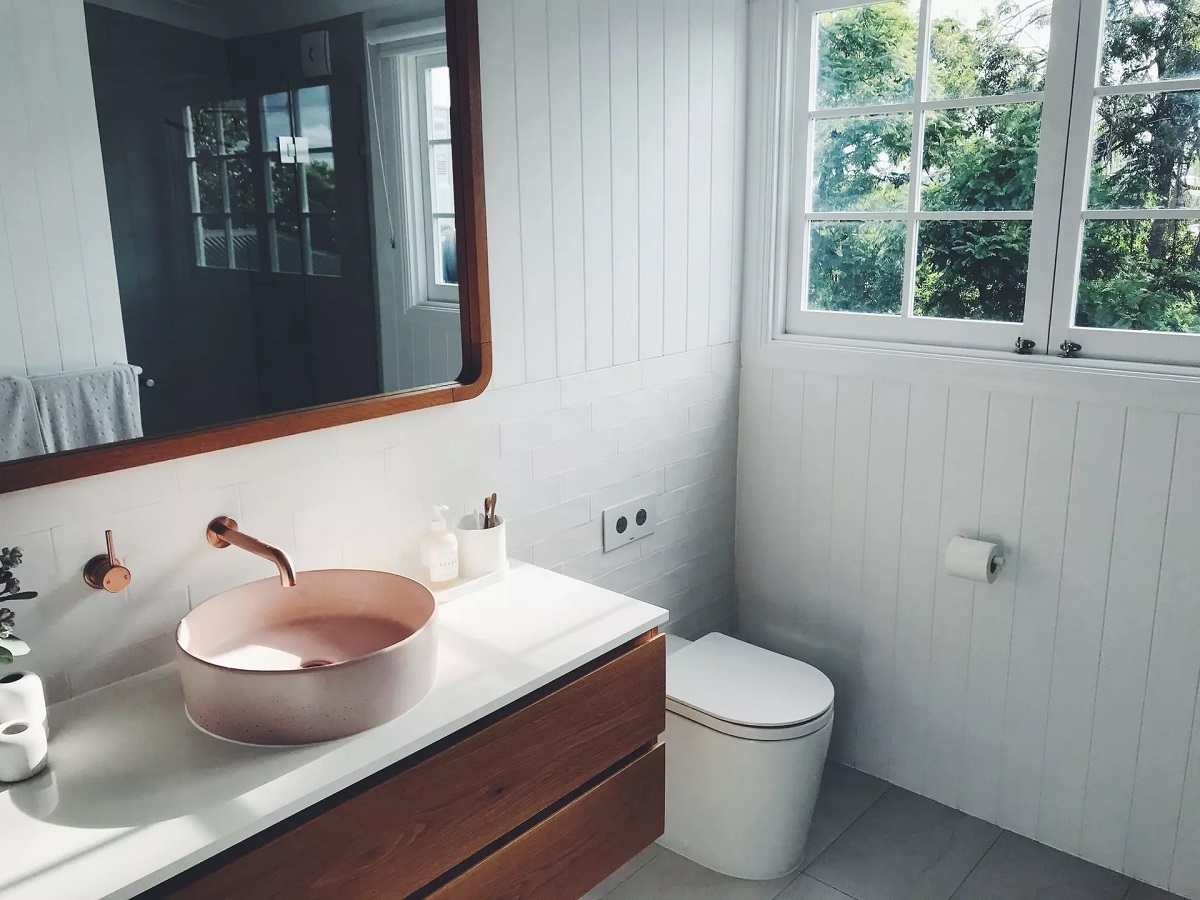
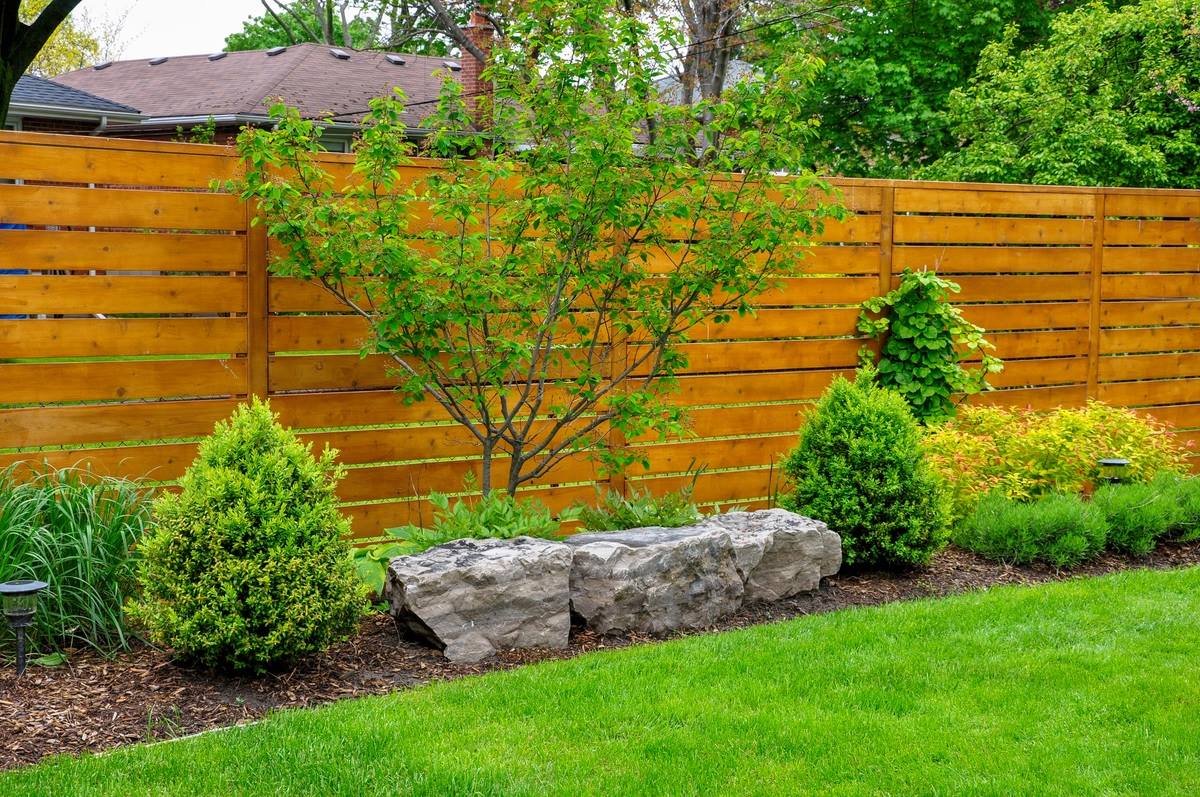
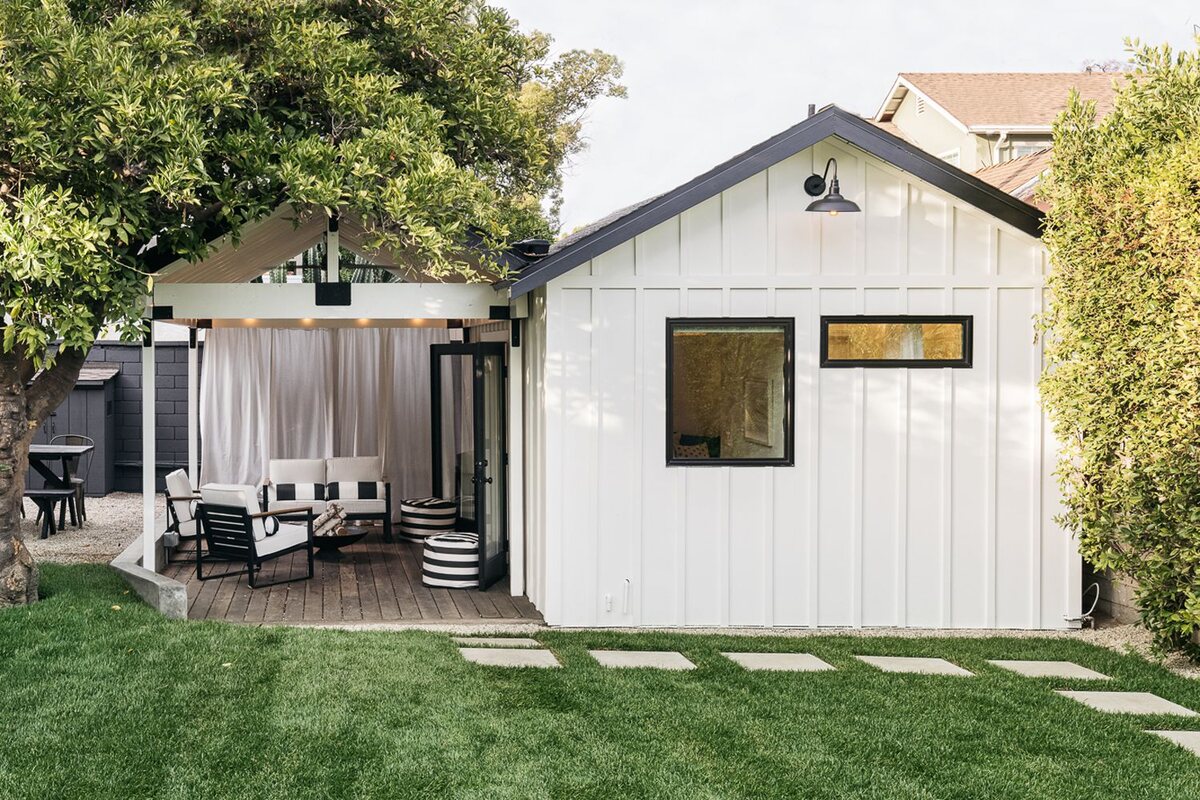
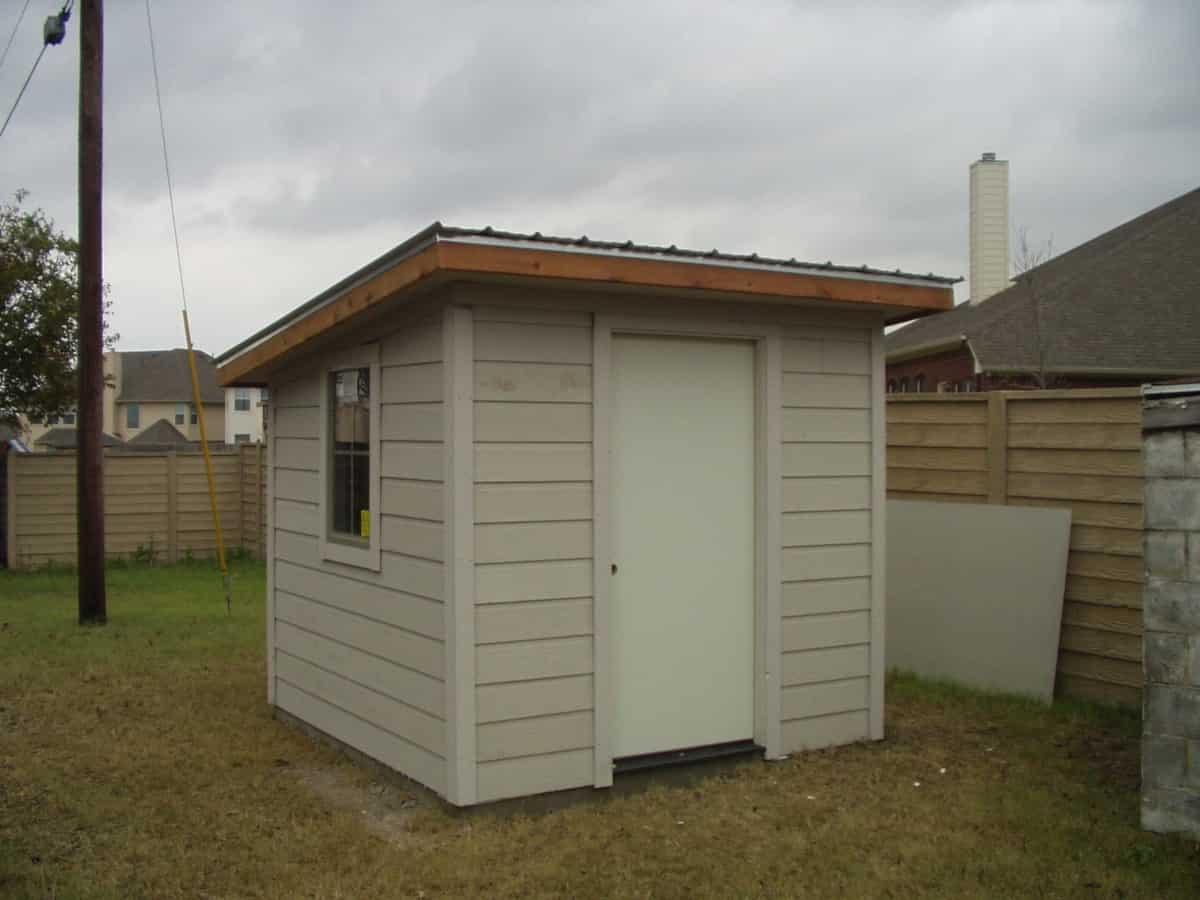


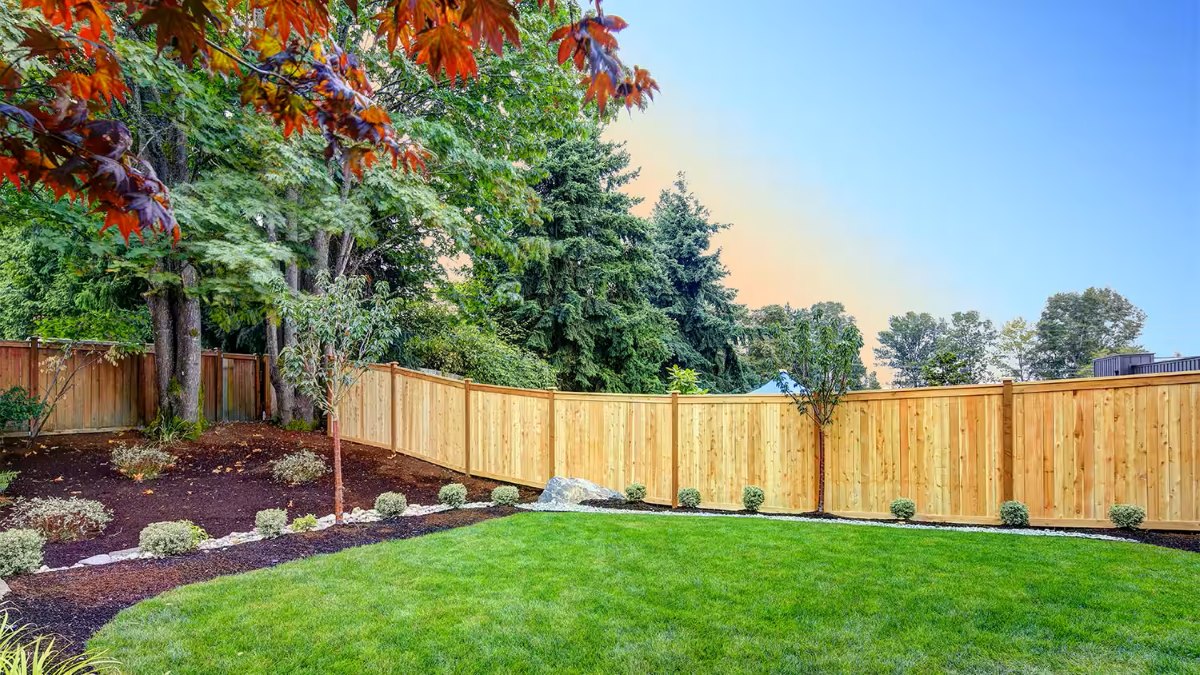

0 thoughts on “How Close Can Fence Be To Property Line”